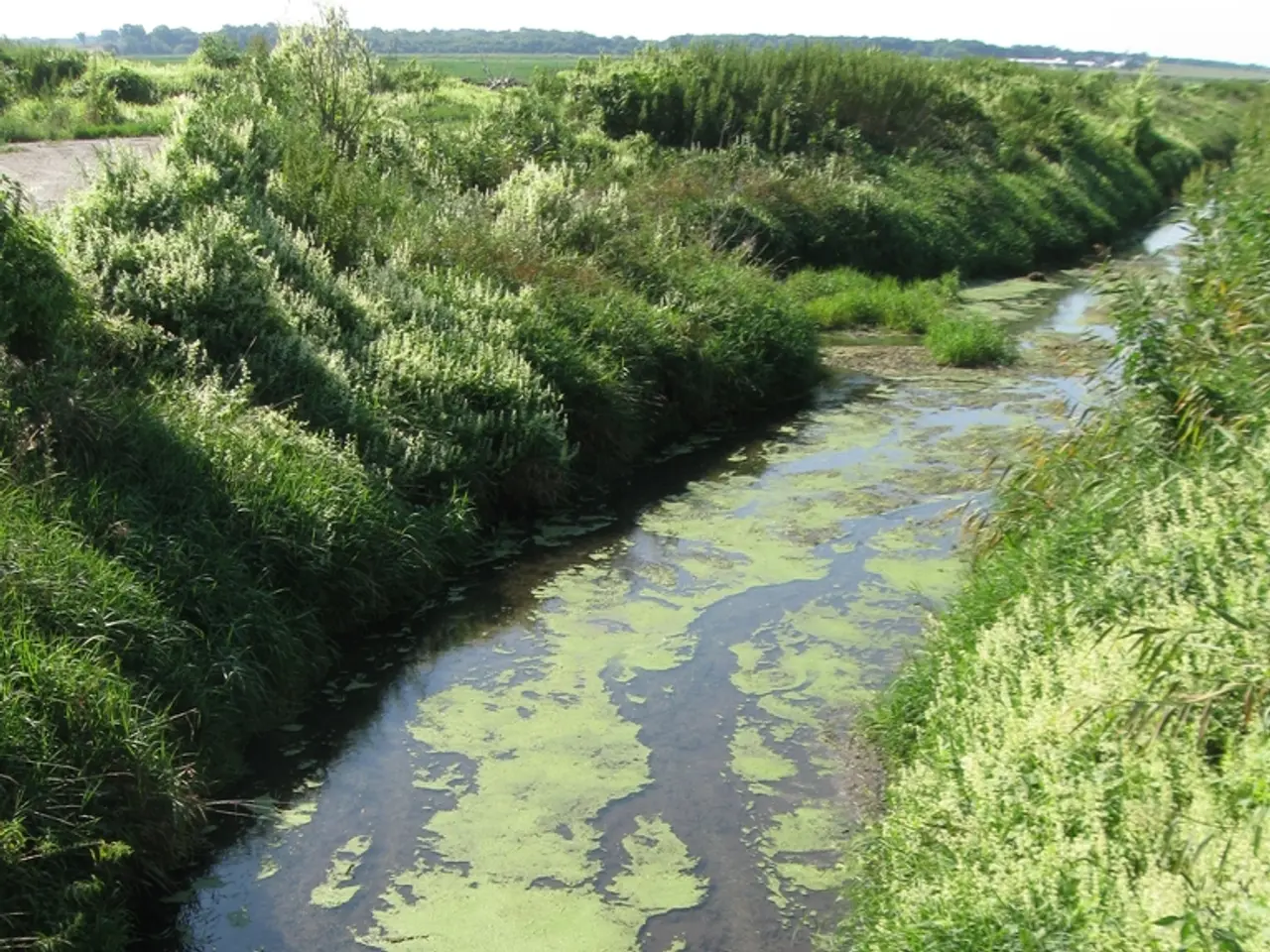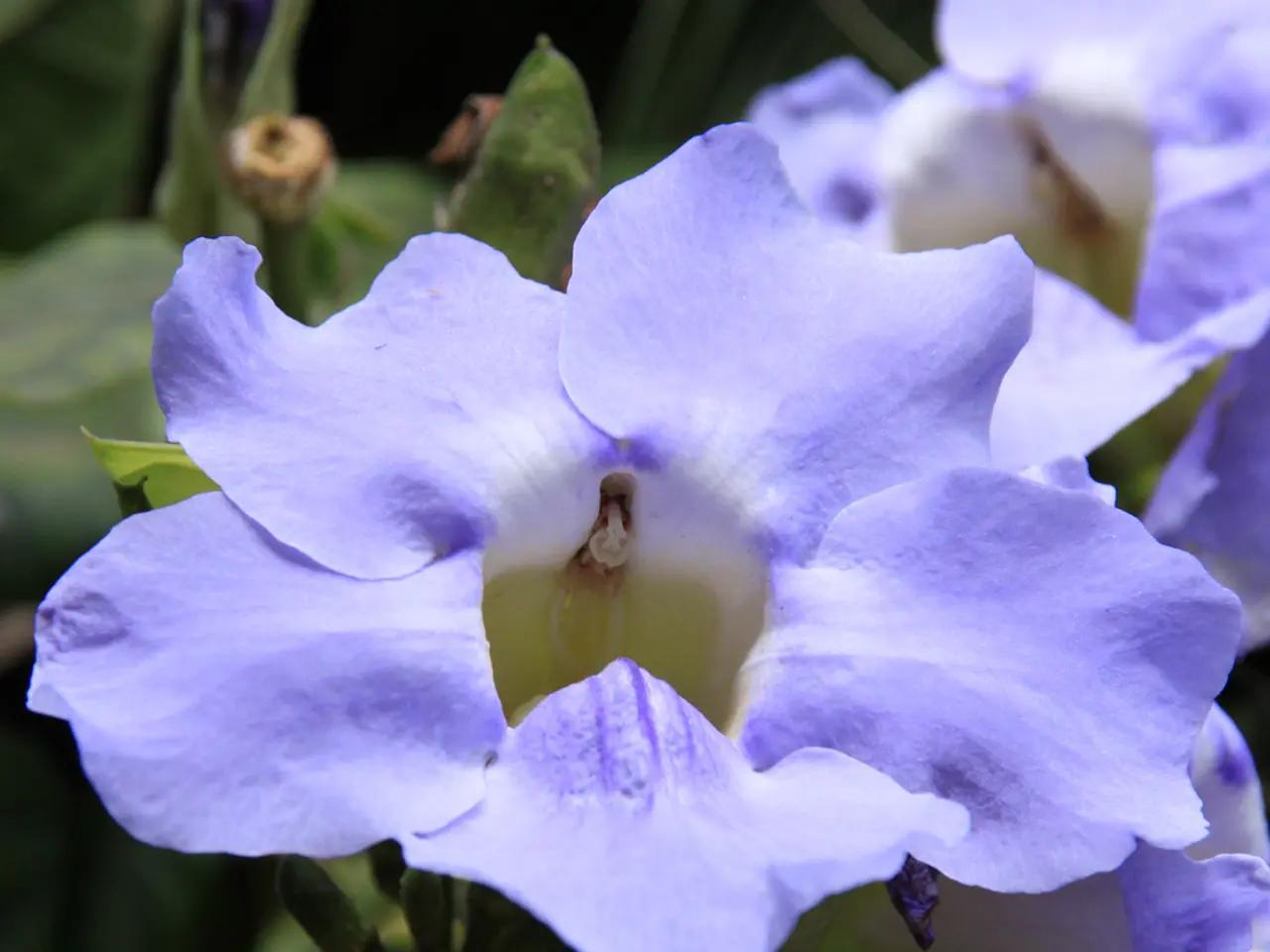Utilizing greywater at home: Tips for water conservation
## Cost Savings and Water Conservation with Gray Water
### Water Savings and Environmental Impact
The use of gray water, a type of domestic wastewater that is free from feces and coarse dirt such as food remains, can have a significant impact on water conservation and the environment. By reusing this water for applications such as toilet flushing, cleaning, laundry, and garden watering, households can reduce their fresh water consumption by up to 50% for garden irrigation and 30% overall [1][3].
### Financial Savings
Implementing a gray water system can lead to substantial reductions in water bills, potentially saving over $1,000 annually [4]. Additionally, the installation of a gray water system can increase property value and may qualify for government rebates or incentives [4].
### Costs of Installing a Gray Water System
The cost of installing a gray water treatment system varies depending on the scale and complexity of the system. Simple graywater systems can start at around $700 to $3,000, while more complex systems can range from $4,000 to $25,000 or more [2][4]. On average, a gray water system costs about $2,500, including installation [2].
New plumbing, land excavation, and the installation of a sprinkler system can add additional costs to the overall cost. Installing new plumbing can cost between $375 to $1,850, land excavation can range from $1,500 to $5,100, and a sprinkler system can add an average cost of $2,500 [2].
### Requirements for Installation
Gray water should only be collected from bathroom sinks, showers, and washing machines using biodegradable detergent to avoid contamination [1][3]. A proper filtration system is crucial to remove contaminants and ensure safe irrigation practices [3]. Compliance with local codes is essential to ensure the system operates legally and safely [3].
Gray water treatment plants for home use typically consist of two tanks, a pump, and an independent piping system from the drinking water. Retroactive installation in an existing building is often more expensive and difficult compared to installing in new buildings.
Despite the initial costs, the long-term benefits of using gray water include significant water and cost savings, alongside environmental advantages. For instance, using gray water for toilet flushing can reduce daily drinking water consumption by 40 liters per person, and about 60 liters of gray water per person are produced daily for body care and laundry [6]. About 80% of this gray water can be treated with a gray water treatment plant [7], and additives against bacteria are necessary operating materials for the plant [8].
On average, garden watering in Germany consumes up to 80,000 liters per household [9], so using gray water for this purpose can contribute significantly to water conservation efforts. However, it's important to note that kitchen wastewater is not considered gray water due to its high levels of contamination [6].
According to statistics, it takes years or even decades to amortize the cost of installing a gray water treatment plant based on water savings alone [10]. Despite this, the environmental benefits of water conservation and the potential financial savings make it an attractive option for many households.
- Embracing environmental-science principles, such as gray water utilization, can intertwine lifestyle choices with climate-change mitigation.
- The use of recycled gray water in home-and-garden activities, like gardening and laundry, can result in a substantial reduction in fresh water consumption, potentially leading to savings of up to 50% for garden irrigation and 30% overall.
- Beyond financial savings through reduced water bills and increased property value, the implementation of gray water systems also contributes to the larger goal of environmental-science, aiding in water conservation efforts and minimizing the burden on our planet's resources.




